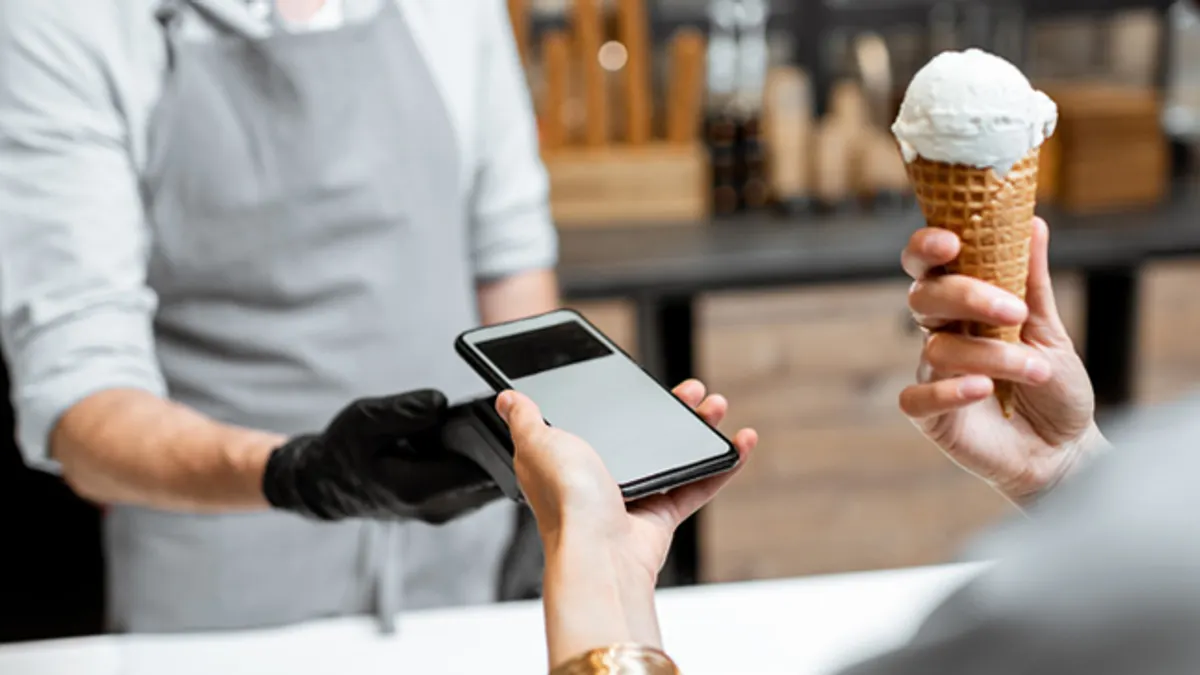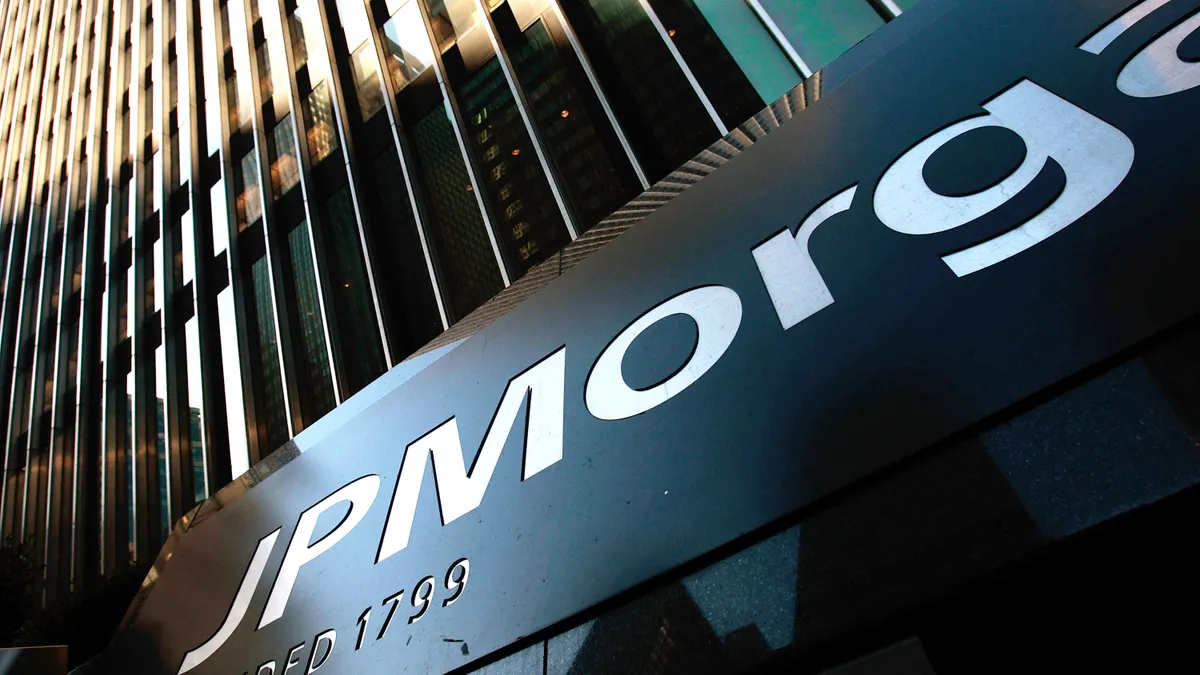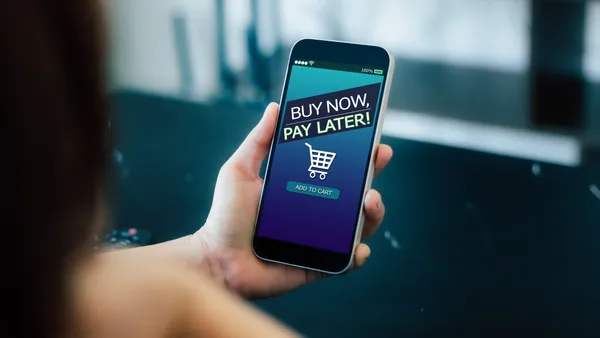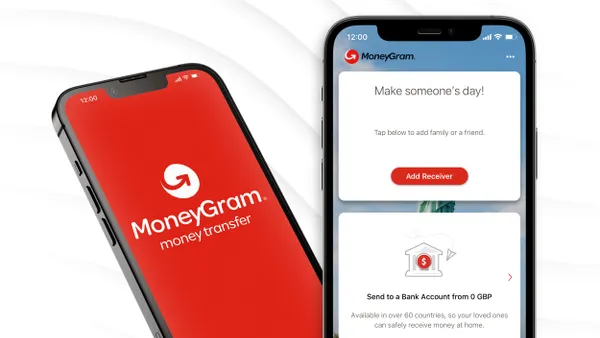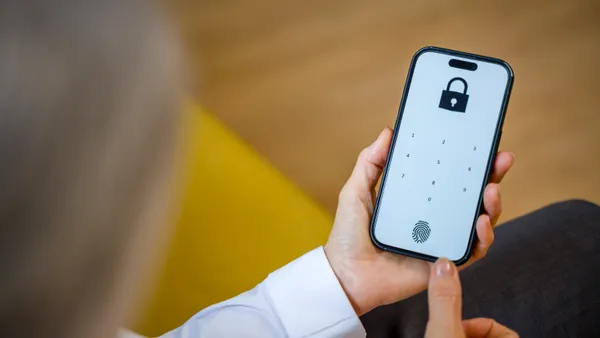The long-awaited "new normal" is under construction. As consumer confidence grows along with the percentage of the population that has been vaccinated, many have cautiously returned to in-person work, travel, and shopping. At the same time, many consumers have learned new behaviors and discovered convenient options that likely aren't going anywhere—including a shift away from cash and checks to digital payments.
To pave the way for the future of commerce, businesses need to accommodate a wider range of payment choices than ever before. That's true not only when accepting payments but when making disbursements such as consumer and sales incentives, contractor payments, and credit balance refunds. Even before the pandemic, we saw payment preferences rapidly diversifying, with consumers increasingly using virtual cards, digital wallets, payment apps and even crypto currency along with cash and checks. Yet, the need to socially distance ended up accelerating the shift to digital. Consumers increasingly want the security, safety, speed, and convenience of digital channels and payment modalities, whether they are making a purchase, receiving compensation, or redeeming an offer such as a rebate. Accordingly, businesses need to revisit their disbursement strategies to ensure they are delivering the payment experiences their recipients have come to expect.
For example, the popularity of receiving rewards virtually gained ground over the last year, and Onbe's 2021 study of consumer payment preferences in the UK found that 40% of consumers prefer an instantly delivered, virtual prepaid card over direct deposit. In fact, we found that virtual cards are now among the top ten most popular payment methods, though many consumers were unfamiliar with this option just several years ago.
Beyond minimizing in-person contact, digital disbursement modalities offer fast gratification and the flexibility to spend funds via any channel. Customers who evolved to prefer digital payments during the pandemic will keep realizing these myriad benefits even when social distancing becomes less of a priority. And for businesses looking ahead to a post-pandemic reality, digital payments are a more cost-effective way to make payouts in a variety of use cases, offering innovative ways for brands to connect with consumers, push special offers and learn about their customers’ preferences through spend data.
How quickly those preferences have evolved is likely to be surprising. For instance, Onbe's 2021 study of automotive shopping preferences found that not only do most consumers plan to shop online for their next vehicle, but 62% of respondents prefer a prepaid card to other types of dealer incentives. Other industries are likely seeing similar shifts in how their customers wish to shop, pay, and be paid. Having flexible payment options in place is critical to re-engaging with these consumers on their terms.
I mentioned that our "new normal" is under construction, but that doesn't mean I envision a time when the rebuilding stops—though I’m happy to see that businesses and consumers are regaining confidence on multiple fronts. The need to keep innovating, adapting and accommodating consumer preferences in flux is ongoing, and in order to thrive, organizations must always be at work on creating and supporting the next new normal. Ultimately, it's the drive to create payment experiences that are even more adaptive and inclusive of diverse choices that will help the business community move forward and most importantly, do an even better job of serving their stakeholders.

